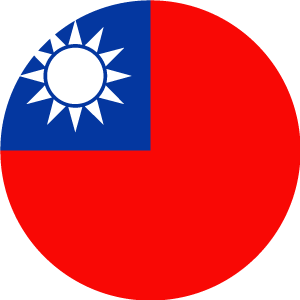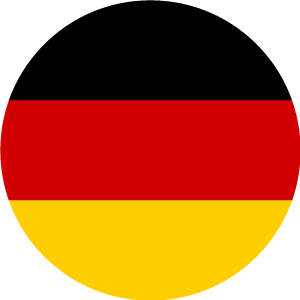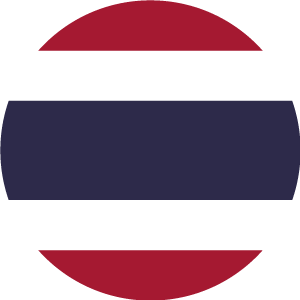Author Search Result
[Author] Koji TAKIZAWA(3hit)
| 1-3hit |
The Transparent Wave Absorber Using Resistive Film for V-Band Frequency
Koji TAKIZAWA Osamu HASHIMOTO Takumi ABE Shinkichi NISHIMOTO
- PAPER-Related Technical Issues
- Vol:
- E81-C No:6
- Page(s):
- 941-947
We present a realization of the transparent wave absorber effective for the use at V-band frequency. First, we propose a structure of the transparent wave absorber consisting of spacer (polycarbonate) and two transparent resistive sheet (polyethylene terephtalate deposited with Indium Tin Oxide) used as a reflection film and an absorption film. Second, a design chart for this type of wave absorber is shown. Third, a design method and manufacturing process of the transparent wave absorber are described particularly for V-band frequency. As a result, the measurement of reflection loss of the absorber indicate that a peak absorption of 32-38 dB is attained at a target frequency of 60 GHz.
An Improvement of Communication Environment for ETC System by Using Transparent EM Wave Absorber
Hiroshi KURIHARA Yoshihito HIRAI Koji TAKIZAWA Takeo IWATA Osamu HASHIMOTO
- PAPER-Electromagnetic Theory
- Vol:
- E88-C No:12
- Page(s):
- 2350-2357
When a large-size car exists on the ETC lane (Electronic Toll Collection System), there is the possibility that the interference on the adjacent lane occurs by the scattering waves from one. In this paper, we propose a new improvement method which the transparent EM wave absorber is placed between the ETC lane and the adjacent one in order to suppress the scattering waves from a large-size car. Therefore, we design the transparent EM wave absorber which consists of the transparent resistive and conductive films. Then, this absorber is produced, and its reflection and transmission coefficients are evaluated. In addition, its transmittance in optics is evaluated. As the results, the reflectivity of this absorber is obtained lower than -20 dB in the oblique incident angle from 0to 30at 5.8 GHz circular polarized wave, abbreviated as CP wave, and also the transmittivity is obtain lower than -27 dB in the oblique incident angle from 0to 70, respectively. On the other hand, the transmittance in optics is obtained higher than 60%. Moreover, we study experimentally on the ETC system with placing this absorber between the ETC lane and the adjacent one. We measured the distribution of receiving power on the adjacent lane, when a water sprinkler existed on the ETC lane. As a result, it is confirmed that the receiving power on the adjacent lane could be realized lower than -70.5 dBm, and then a new improvement method has proven to be very useful in the ETC system.
Investigation on EM Wave Absorbers by Using Resistive Film with Capacitive Reactance
Hiroshi KURIHARA Toshifumi SAITO Koji TAKIZAWA Osamu HASHIMOTO
- PAPER-Electronic Materials
- Vol:
- E88-C No:11
- Page(s):
- 2156-2162
It is known that the thickness of the λ/4 type EM wave absorber having a resistive film with the capacitive reactance is thinner than 1/4 wavelength. This paper investigates EM wave absorbers using the resistive film with capacitive reactance. We introduced the impedance into the resistive film, and then clarified the relationship between the impedance and the matching thickness in the single layer EM wave absorber. Practically, we carried out to grasp the impedance of the resistive films, which were prepared using the conductive flake powder. As the results, we have proven that the matching thickness in the single layer EM wave absorber could be realized 0.17 λ-0.09 λ in the frequency range from 2 GHz to 8 GHz by using these resistive films. We also fabricated the single resistive layer and the double resistive layers EM wave absorber using these resistive films for Dedicated Short Range Communications (DSRC) and wireless Local Area Network (LAN), in which the matching thickness could be reduced to 45% and 30%, respectively, as compared with the each absorber using the non-capacitive reactance.




















